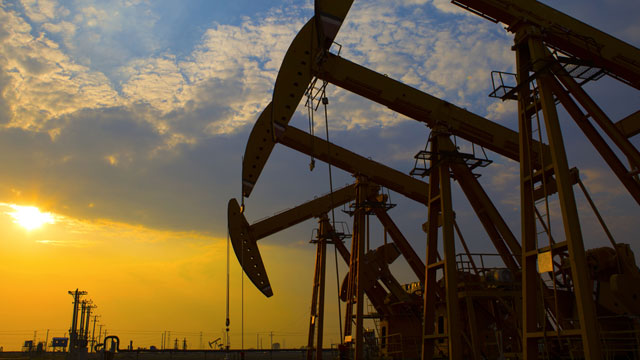Oil Goes Under $50 Per Barrel In North Dakota

Governor Jack Dalrymple was bullish on oil prices in his budget address to the Legislature earlier today. His budget assumes a $74 – $78 price per barrel of oil in the first year of the 2015-2017 biennium, and $79 – $82 per barrel in the second year.
The current price of oil is around $67 per barrel, and today oil sold at the wellhead in the Bakken region was under $50 per barrel.
Crude sold at the wellhead in the Bakken shale region in North Dakota fell to $49.69 a barrel on Nov. 28, according to the marketing arm of Plains All American (PAA) Pipeline LP. That’s down 47 percent from this year’s peak in June, and 29 percent less than the $70.15 paid for Brent, the global benchmark.
The cheaper price for North Dakota crude underscores how geographic and logistical hurdles can amplify the stress that plunging futures prices have put on drillers in new shale plays that have helped push U.S. oil production to the highest level in 31 years. Other booming areas such as the Niobrara in Colorado and the Permian in Texas have also seen large discounts to Brent and U.S. benchmark West Texas Intermediate.
What’s hurting North Dakota is that it’s really expensive to produce oil and bring it to market in the state thanks to a shortage of pipeline capacity, labor shortages, rail backlogs, and the tough weather.
At the end of last year, there was only space for 583,000 barrels daily to leave the state on pipelines. That’s forecast to grow to 773,000 by the end of this year and to as much as 1.7 million barrels a day by the end of 2017, according to the state’s Pipeline Authority.
One possible effect of lower prices is that companies may focus their spending on places where the infrastructure already exists or is on the way, said Carl Larry, a Houston-based director of oil and gas at Frost & Sullivan.
“Places that are just starting to build up are going to be hit the worst,” Larry said by phone yesterday. “They’re going to get hit the hardest because it’s harder to get the oil out. Not out of ground, but out of the area.”
With new flaring regulations already implemented, and oil conditioning regulations likely on the horizon, the path for oil production in the state is only getting tougher.
At what one does it become more palatable to reform oil taxes – lowering the rate and removing the uncertainty price triggers represent – in order to remove some hurdles to future regulation?




